Is Mac and Cheese BAD For Dogs? [Can Dogs Eat?]
Mac and cheese is one of the most delectable meals we humans can enjoy; it’s gooey, creamy, and comforting.
If you’re eating a bowl of mac and cheese, there’s a good chance your canine pal is watching you with their mouth drooling.
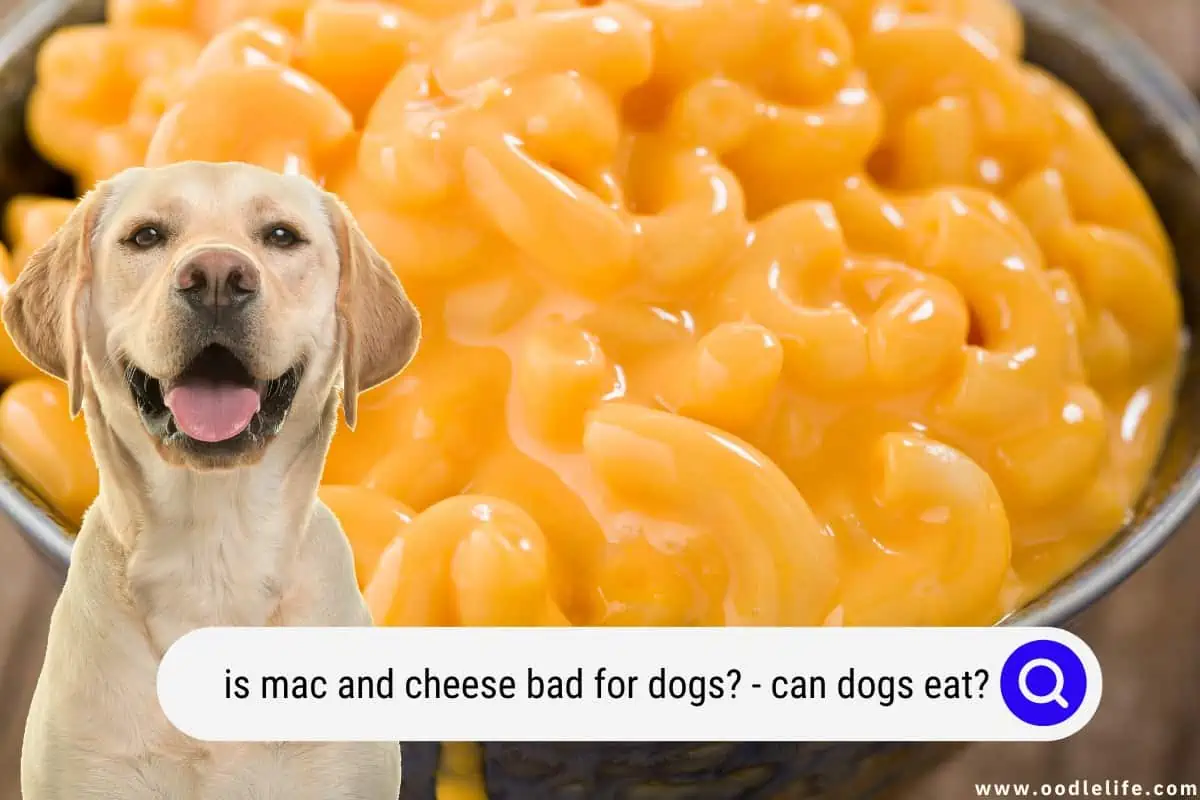
It’s hard to resist those puppy dog eyes, and you may feel like sharing a bite of your delicious meal with them. But sharing human food with your dog can be risky. So, is mac and cheese bad for dogs?
Mac and cheese is bad for dogs. Technically, most mac and cheese recipes are safe for dogs, meaning they are not usually toxic or poisonous. However, the high levels of salt, dairy, carbs, and sugar are not conducive to a healthy doggie diet.
If you want to share your creamy mac and cheese with your sweet dog, this article will tell you everything you need to know. Keep reading for the risks
What Is in Mac and Cheese?
If you’re here, you probably know what mac and cheese is: macaroni pasta and cheese. But the abundance and variety of mac and cheese recipes complicate things. Some recipes use garlic, blue cheese, onions, and other ingredients that can be quite harmful to dogs.
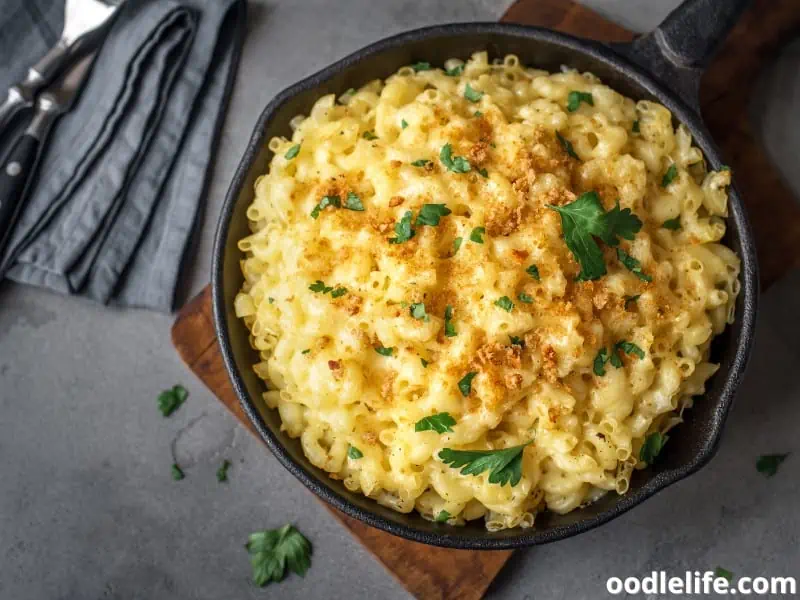
Even cream or bread crumbs in a recipe can adversely affect your pup. So if you do decide to share a bite of mac and cheese with your dog, it’s crucial you consider what kind of mac and cheese it is and what ingredients went into it.
Homemade vs. Box Mac and Cheese
Because homemade mac and cheese recipes can vary so much, you may feel like boxed mac and cheese, like Kraft, Velveeta, or Annie’s, is a safer choice. However, mac and cheese from the box have a high sodium and sugar count. At least with homemade mac and cheese, you can control how much salt and other ingredients you add.
The moral of this section is that box mac and cheese is always a bad idea to share with your dog, while homemade mac and cheese has the potential to be safer if you monitor what ingredients you add.
Potential Risks of Mac and Cheese
To humans, some macaroni and cheddar cheese may seem harmless, but some mac and cheese recipes are super dangerous for dogs. To better understand why you should keep your bowl of mac and cheese to yourself, read about the potential risks of feeding your dog mac and cheese below:
Weight Gain
The number one reason not to feed your dog mac and cheese is that it contains way more calories than a dog needs. Dogs don’t need as many calories daily as a full-grown adult, so even a spoonful of mac and cheese can send them over their daily calorie intake.
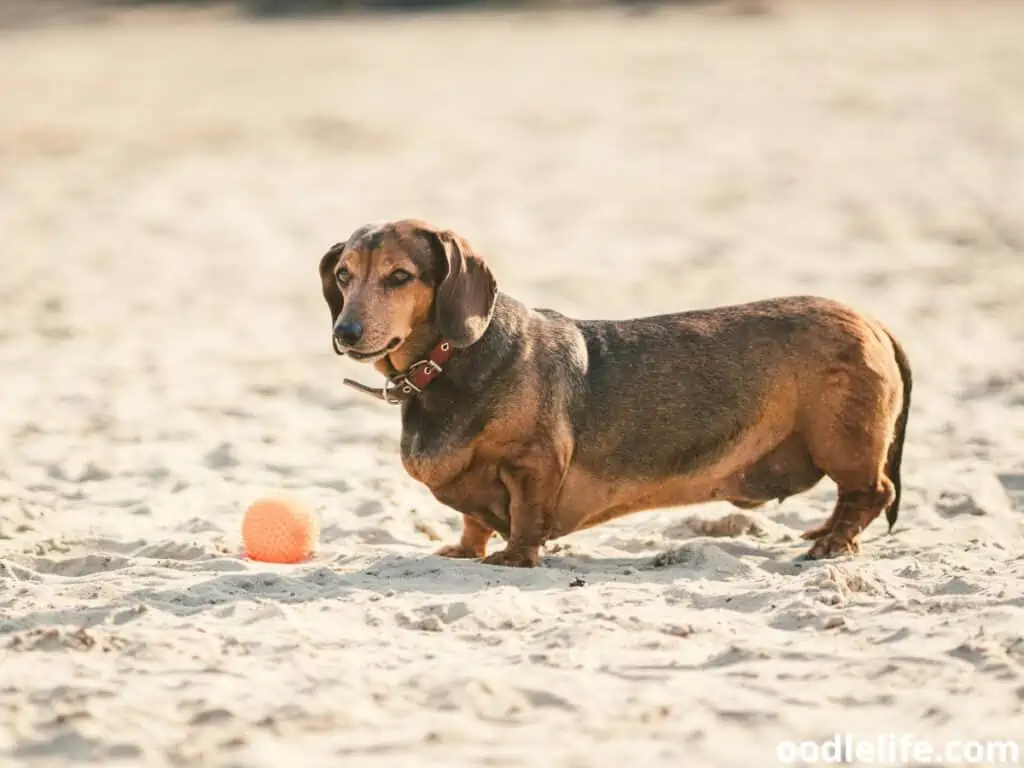
If you give your dog mac and cheese often, even if it’s safe for them, it will likely lead to weight gain and possibly canine obesity.
Allergies
Feeding your dog anything new comes with the risk that it could have an unknown allergy. You should avoid giving your dog unnecessary food if it has allergies. And if your dog is prone to food allergies or other kinds of allergies, it’s best to play it safe and only give them products made for dogs.
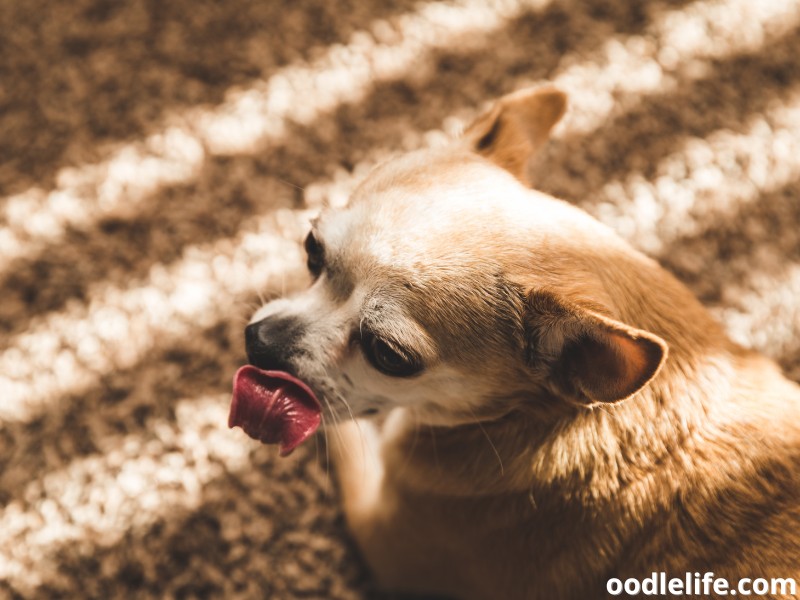
Toxicity
While cheese and pasta are not inherently toxic to dogs, some ingredients in different mac and cheese recipes are. For example, many mac and cheese recipes use garlic or garlic powder, which is extremely toxic for canines.
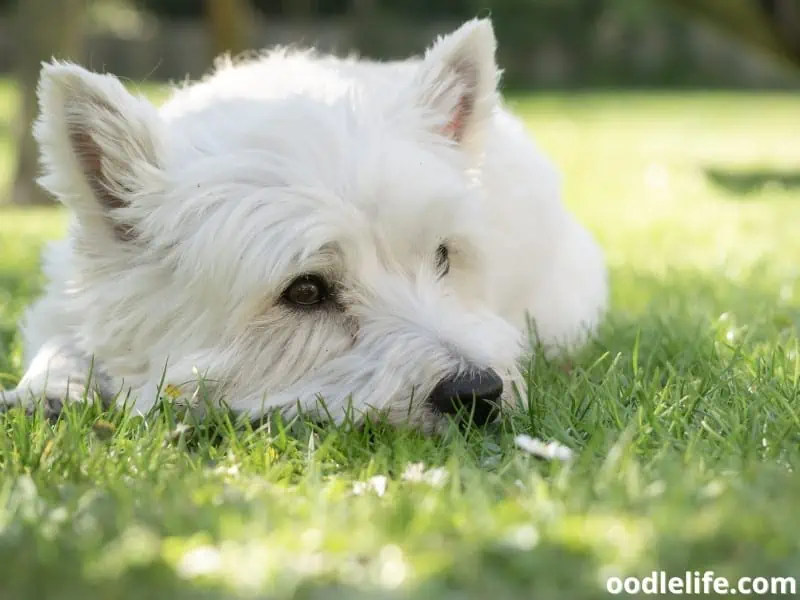
The same goes for onions, which you’ll find in mac and cheese recipes often. Certain kinds of cheese can also disrupt their digestion, like blue cheese. While weight gain is a minor issue that worsens over time, feeding your dog mac and cheese with a toxic ingredient can be fatal.
What To Do if Your Dog Eats Your Mac and Cheese?
Luckily, if your dog gets a bite or two of your mac and cheese, it’s not an emergency. Keep an eye on your dog and ensure they don’t have an allergic reaction. But if they eat way too much mac and cheese, like multiple human servings, you may want to call your vet.

Usually, they’ll suggest you wait and see how they feel, but it’s worth checking in with them.
Tips if You Do Share
While feeding your dog mac and cheese is not advisable, their sweet puppy eyes may make it hard to resist. If you cave and give your dog some mac and cheese, ensure they do not have more than a spoonful (one tablespoon), or they may have tummy problems.
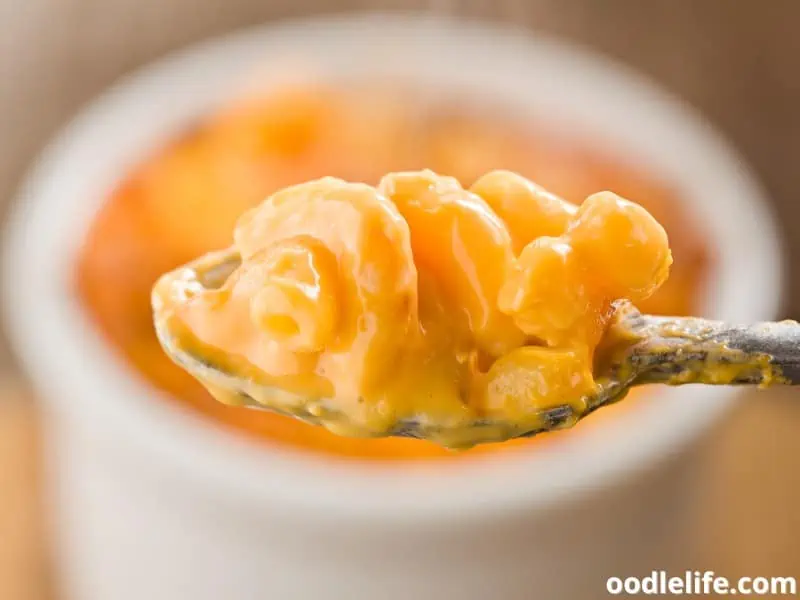
No matter how often you eat gooey mac and cheese, do not share it with your dog more than once a week, as the high levels of dairy and gluten can hurt their stomachs if ingested frequently.
Mac and Cheese Ingredients Your Dog Cannot Have
Since the toxicity and danger level of your homemade mac and cheese will depend on the ingredients, below are the worst ingredients to give your dog. If you add any of the following to your homemade mac and cheese, do not share it with your dog.
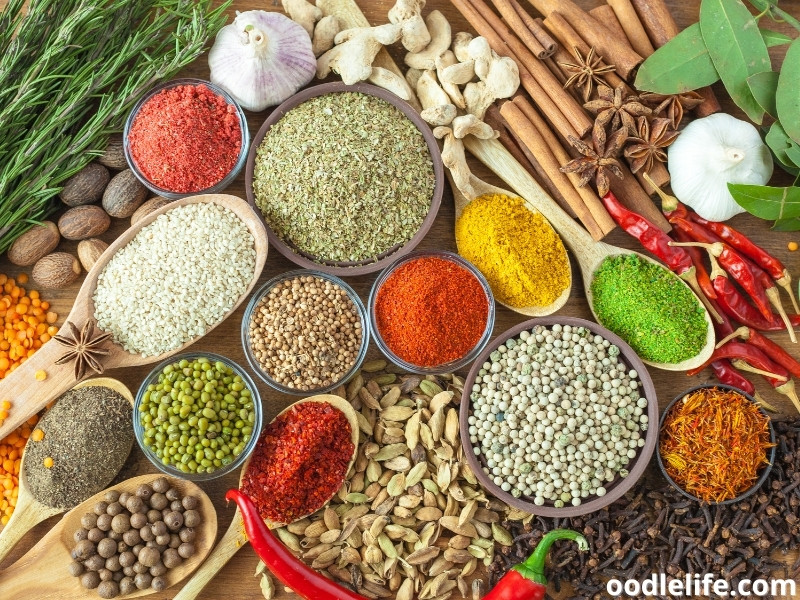
- Garlic
- Onion
- Chives
- Nuts
- Avocado
- Mustard
- Yeast
- Blue cheese
- Brie
- Feta
- Goat cheese
These ingredients are toxic for dogs. But ingredients like gluten and salt are also not conducive to a healthy canine diet, so it’s best to avoid those ingredients too.
Doggie Mac and Cheese Recipe
If you can’t stand the idea of your sweet pup staring at you while you enjoy gooey mac and cheese, you can make doggie-friendly mac and cheese! This recipe uses three ingredients and takes less than 15 minutes to make!
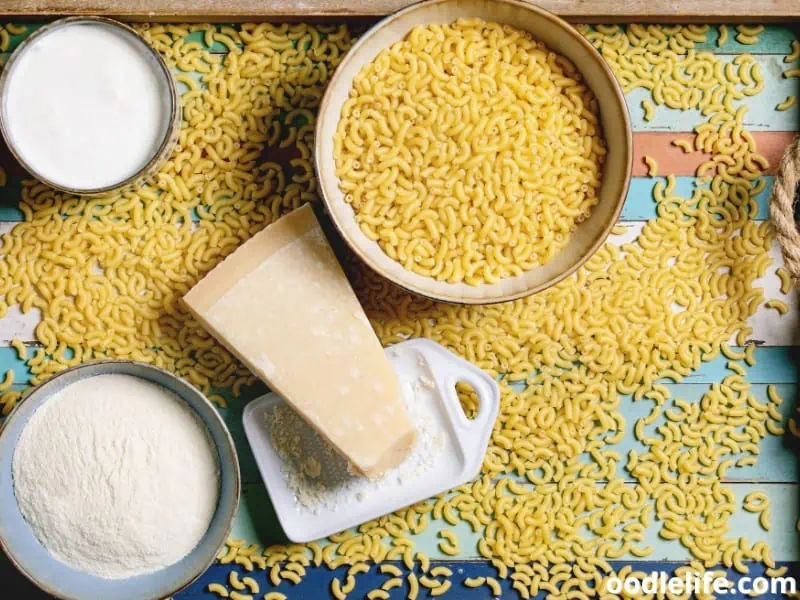
Is mac and cheese bad for dogs? Technically, yes. But this simple recipe may be the exception.
Follow the ingredients and steps below to make your furry friend a safe and delicious cup of mac and cheese:
Ingredients:
- Gluten-free macaroni
- Raw organic cheddar cheese
- Water
Steps
Below are the steps for this recipe:
- Combine the water and macaroni in a microwave-safe cup.
- Microwave for one minute, then stir, then microwave for two minutes.
- Once the pasta is soft, add the cheese a bit more water. Microwave for 30 seconds.
- Remove from microwave and stir.
- Let it cool, and then serve it to your dog!
While this is a dog-friendly mac and cheese recipe, moderation is still important. Don’t give them more than half a cup of mac and cheese at once. But you can make a batch and save it in the fridge as a fun treat when you indulge in mac and cheese!
Bottom Line
The answer to “Is mac and cheese bad for dogs?” is a mild yes. A bite of mac and cheese won’t kill them, but it could cause a tummy ache, diarrhea, or other digestive problems. On the other hand, frequent servings of mac and cheese could make your dog obese, leading to other health problems like heart disease.
Dogs and their adorable faces make it tough to say no, but for their health and safety, it’s best you keep your food to yourself. It’s simply not worth the risk. So enjoy your decadent mac and cheese and give your dog a puppy-approved treat so everyone is happy!